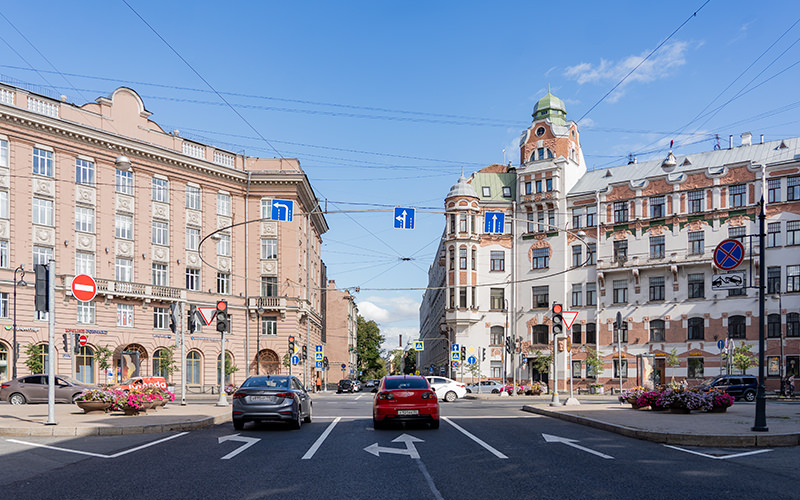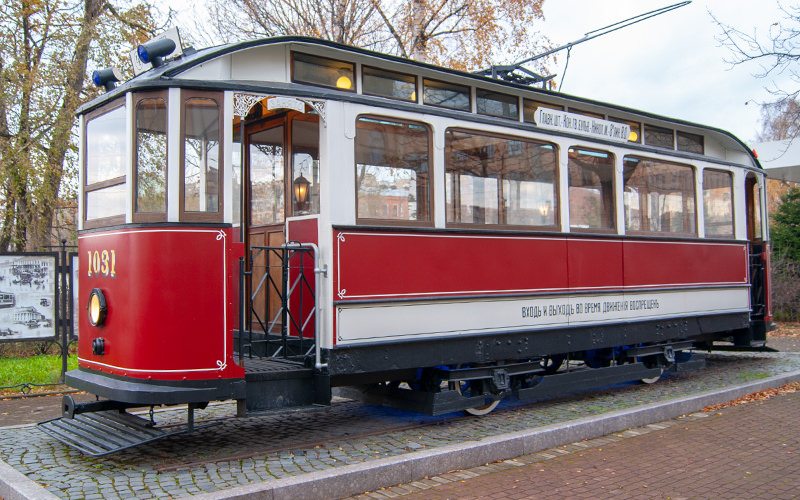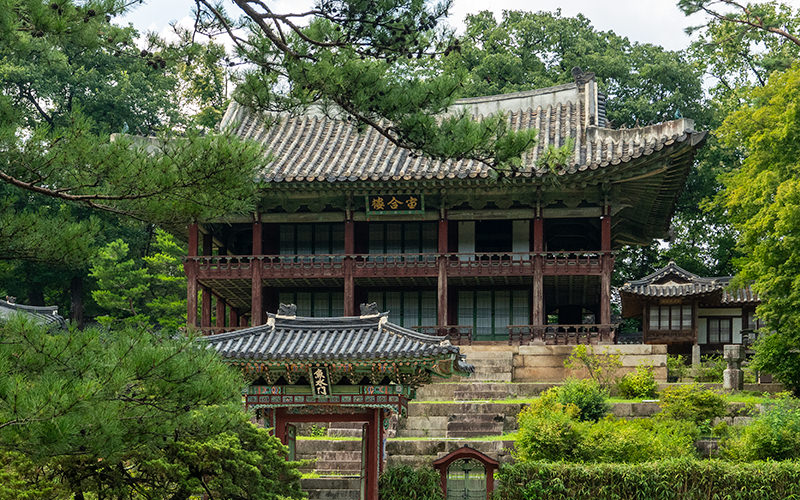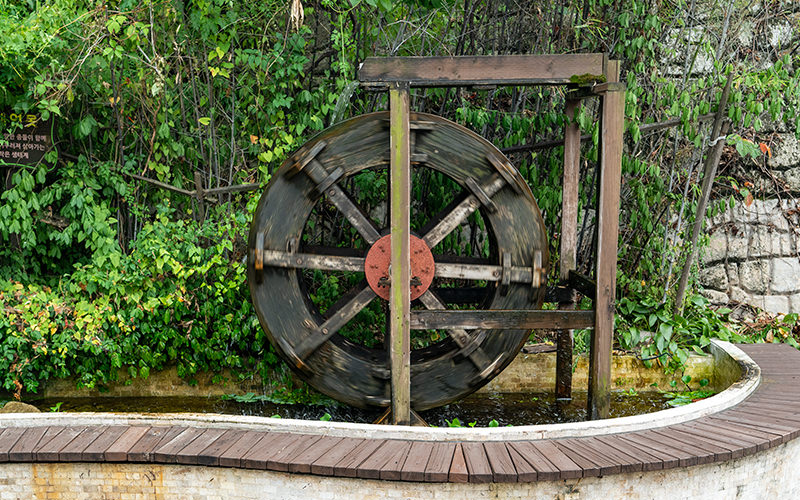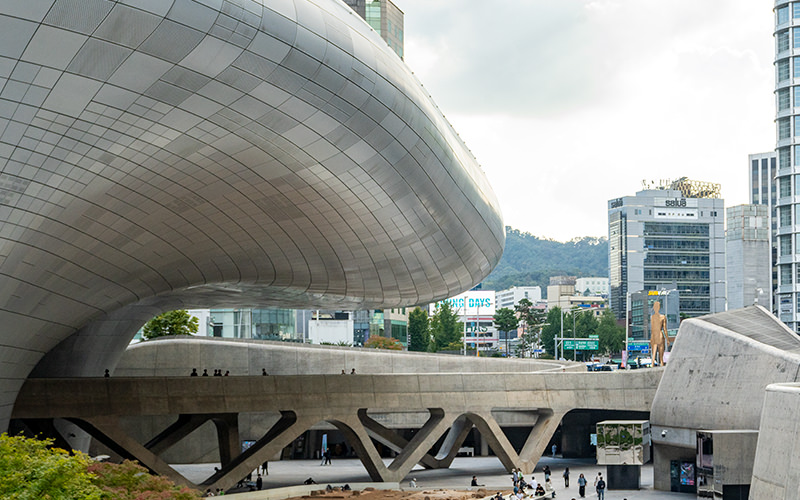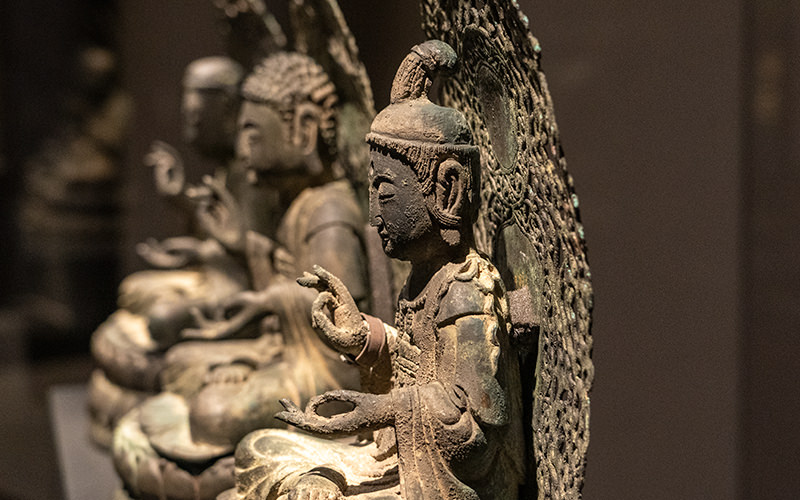During my previous trip to Seoul, I didn’t have enough time to visit the walking area with the unusual name Seoul Forest (Seoul Forest Park). When I returned this summer, I made sure to add this location to my route. Despite the name, the park didn’t quite remind me of an actual forest — it has wide pedestrian paths, and a major road runs alongside it — but still, it’s a pleasant place for a calm walk and a closer look at South Korea’s nature.
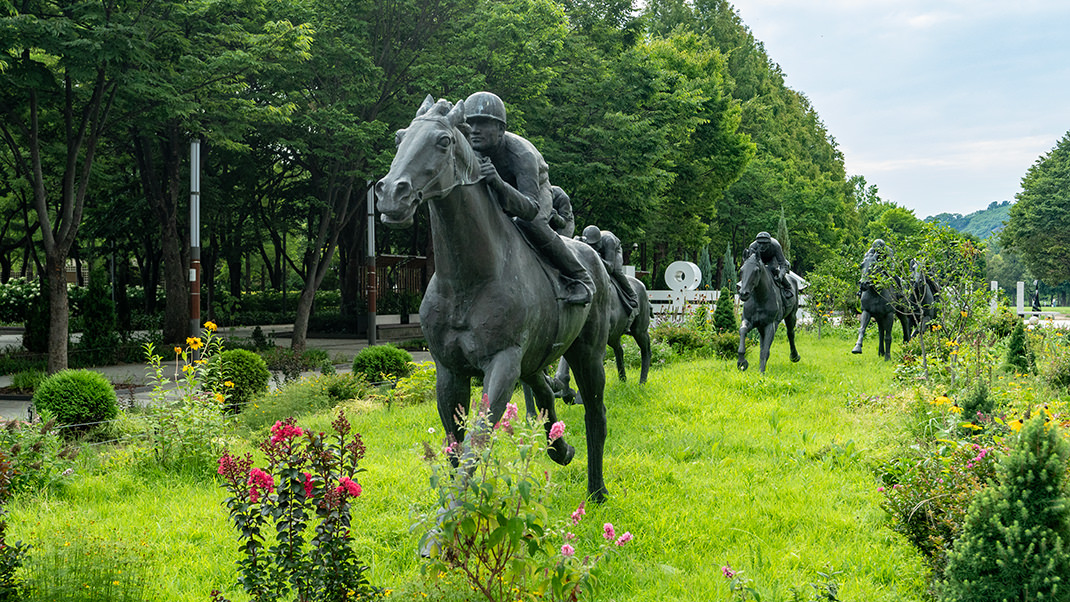


History of the park
The first trees in what would later become Seoul Forest were planted in May 2003. Local residents played a major role: 5,000 Seoul citizens joined the organisation responsible for creating the park. Together with private companies, they raised over 5 billion won.
Seoul Forest officially opened on 18 June 2005. Since then, it has become a favourite leisure spot for both locals and tourists. Over the years, the park has also taken on an educational role: several learning programmes now help teenagers explore professions related to landscape design and park management. The project names speak for themselves — “Urban Gardener,” “Gardeners’ Community,” “Seoul Forest School,” “Little Library in the Forest.”
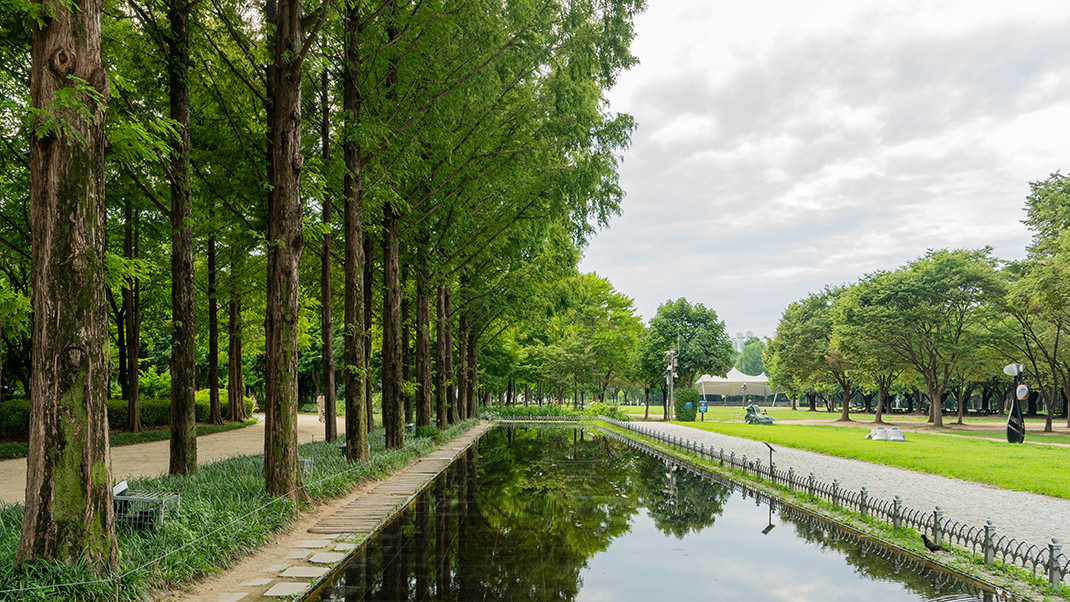

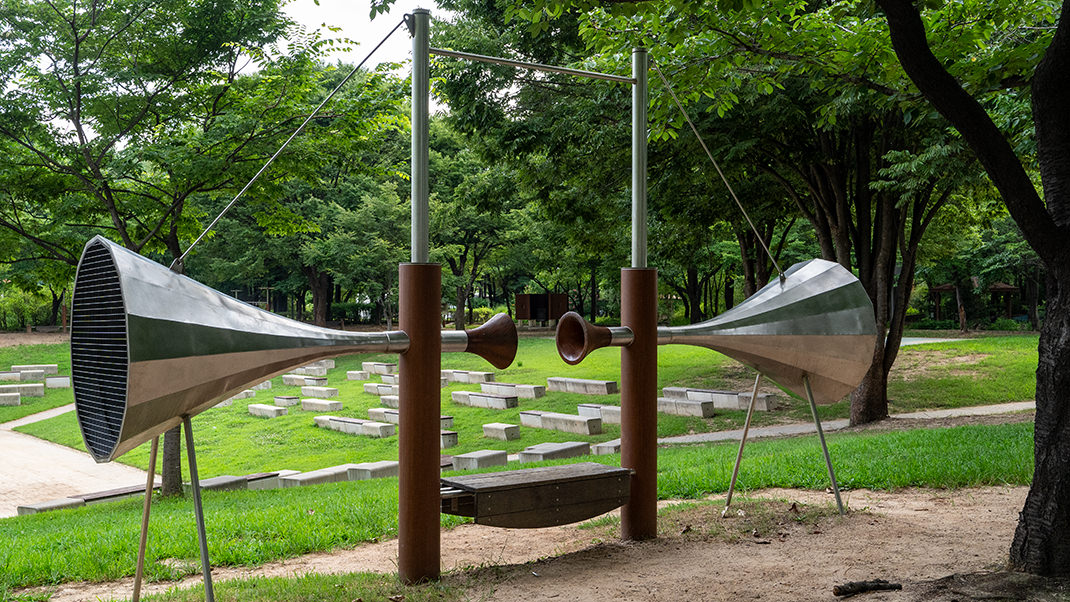
Seoul Forest consists of five themed zones: Culture & Arts Park, Eco Forest, Educational Experience Zone, Wetlands Ecological Area, and Riverside Park. Its second name is “Forest of Life.”
The park covers about 495,868.5 square metres and is home to 40,000 trees.



How to get there by metro
The park is just a few minutes’ walk from Seoul Forest Station on the yellow subway line. You can plan your public transport route using the Moovit app.
The park is open 24/7 and entry is free. Some areas (the ecological forest, insect garden, butterfly garden) have limited opening hours. There is also a paid car park nearby with almost 200 spaces.
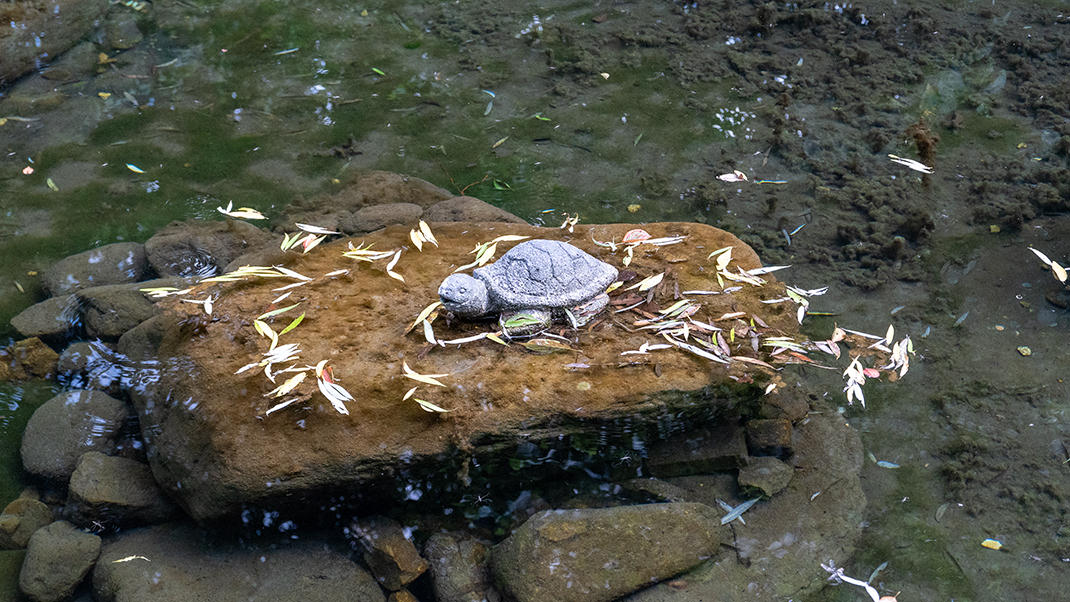
My walk through Seoul Forest took about an hour. I crossed the park from the metro side toward the west, walked around the pond, stopped by the deer enclosures, and returned toward Wangsimni-ro.
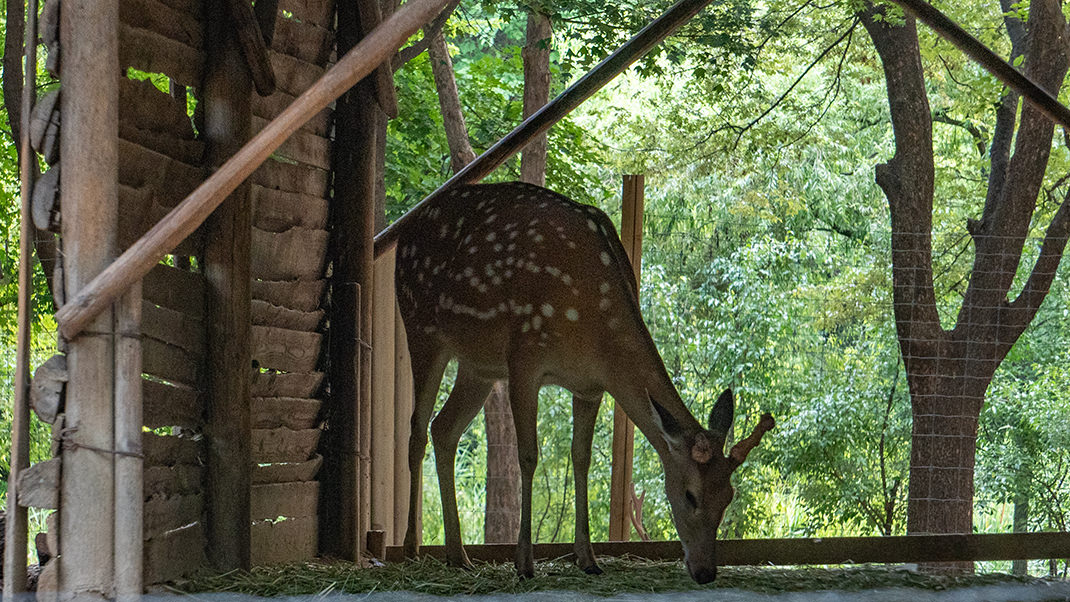
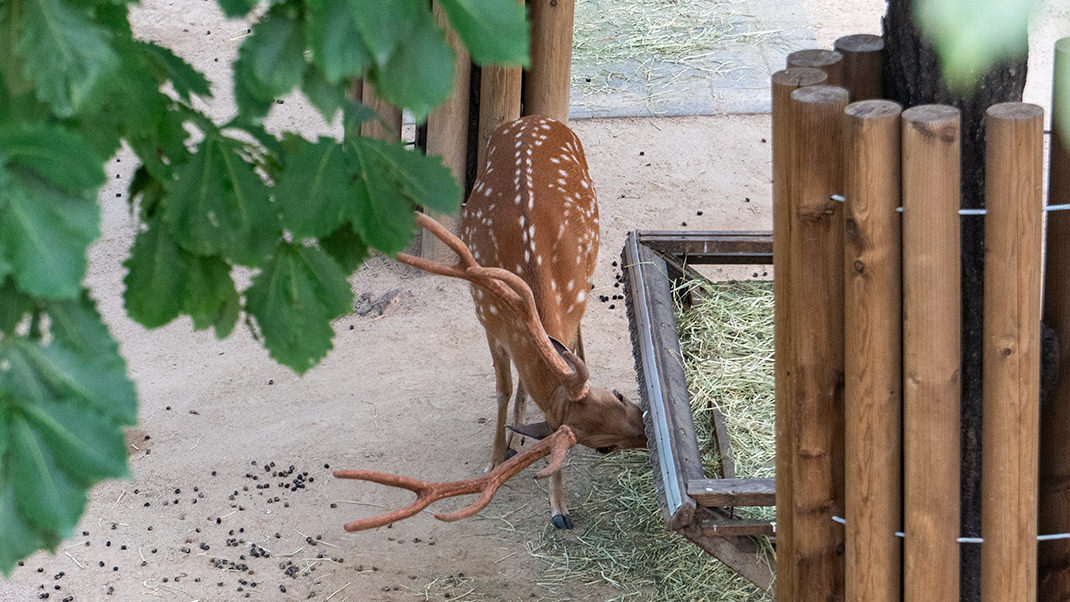
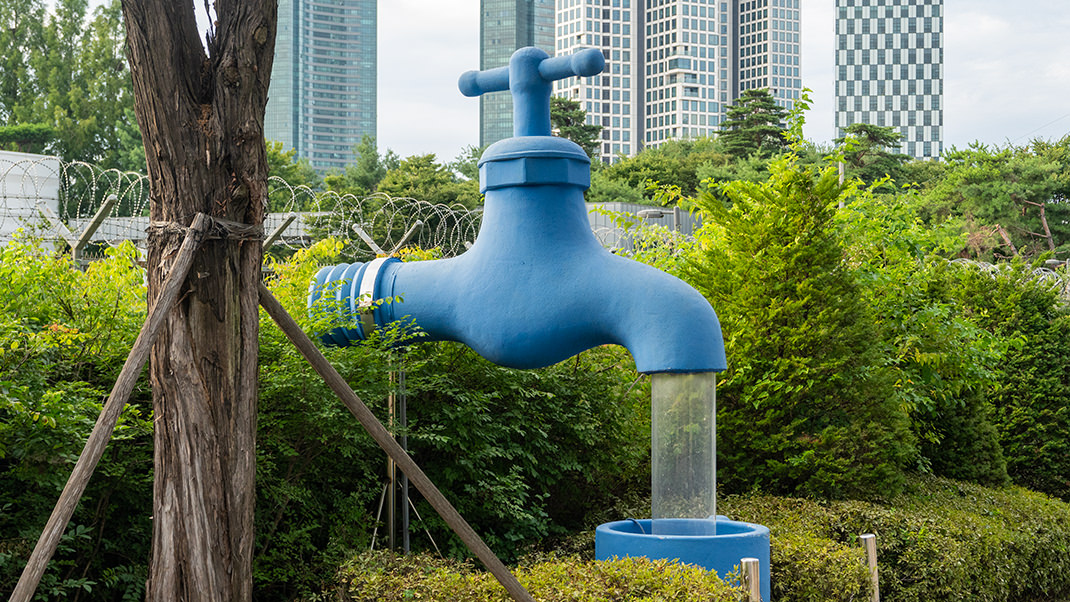
In the past, this territory housed water treatment facilities. According to online maps, part of that complex still exists today. The small Waterworks Museum also reminds visitors of the area’s history — it is located closer to the river. I didn’t manage to visit it during my walk, so I returned the next day to explore the exhibition halls. In my opinion, it’s one of Seoul’s most interesting free attractions. I’ll write about my visit in the next article.
Have a nice trip!


